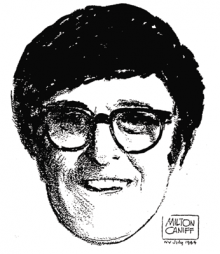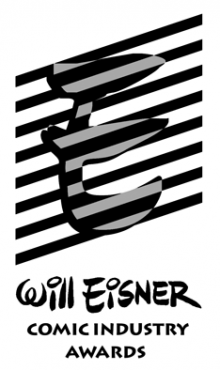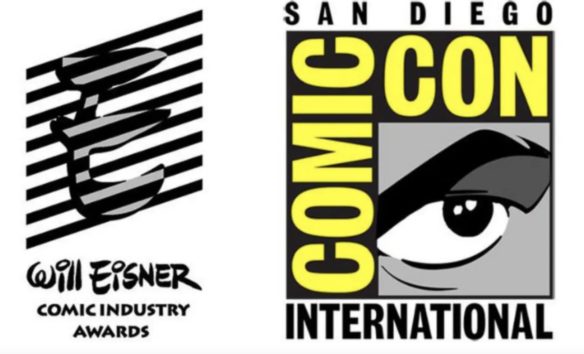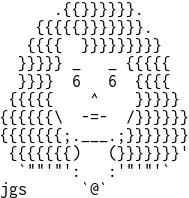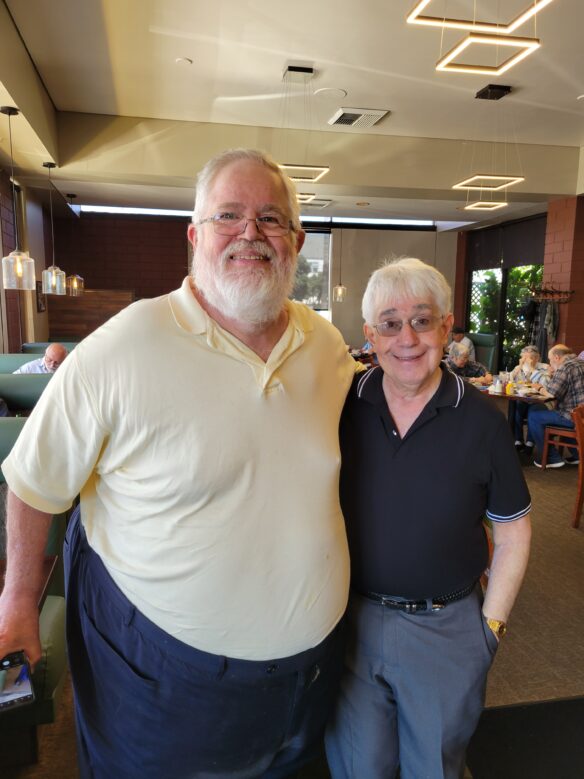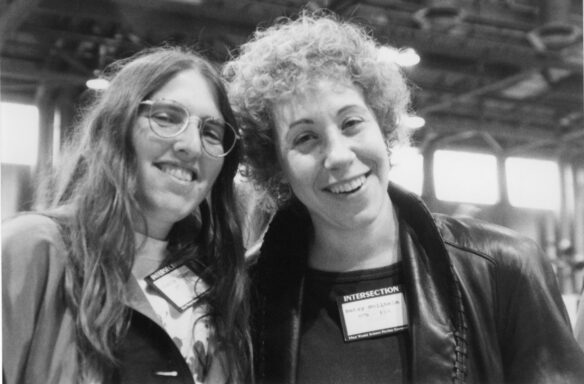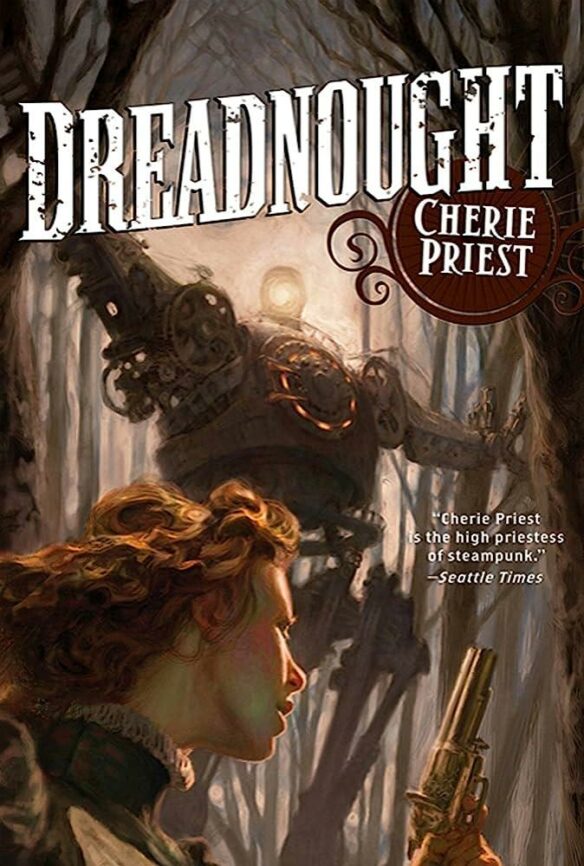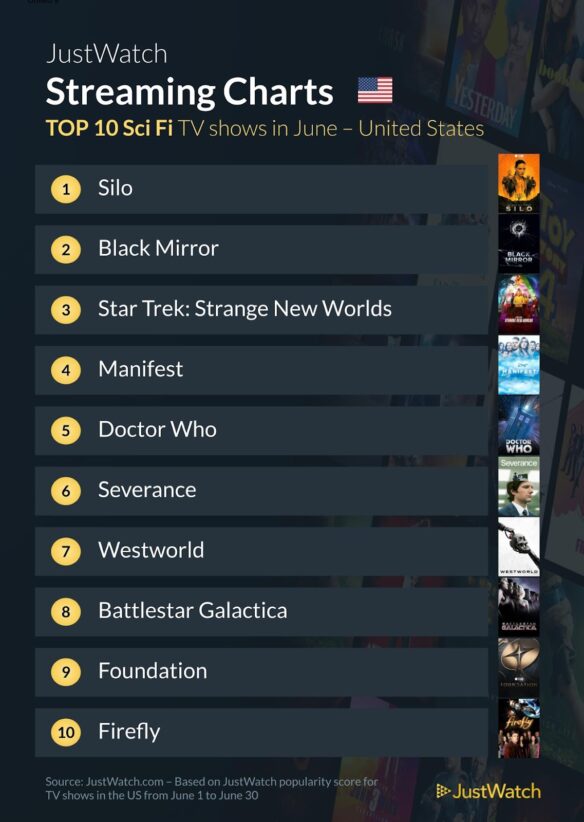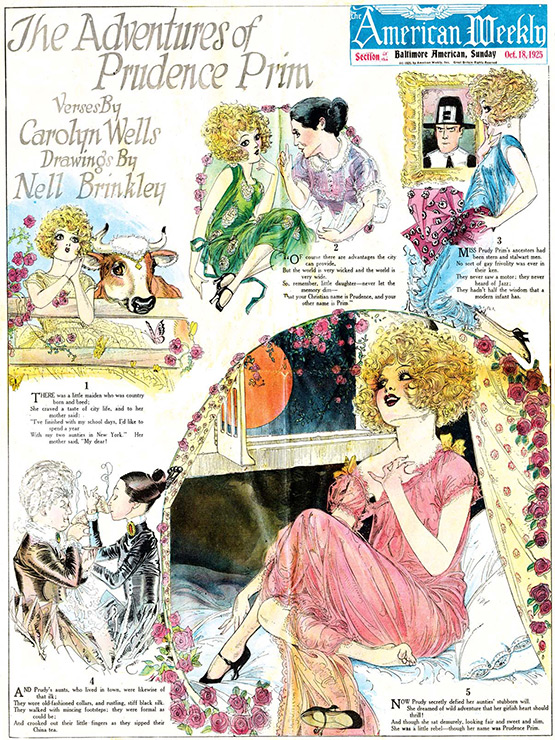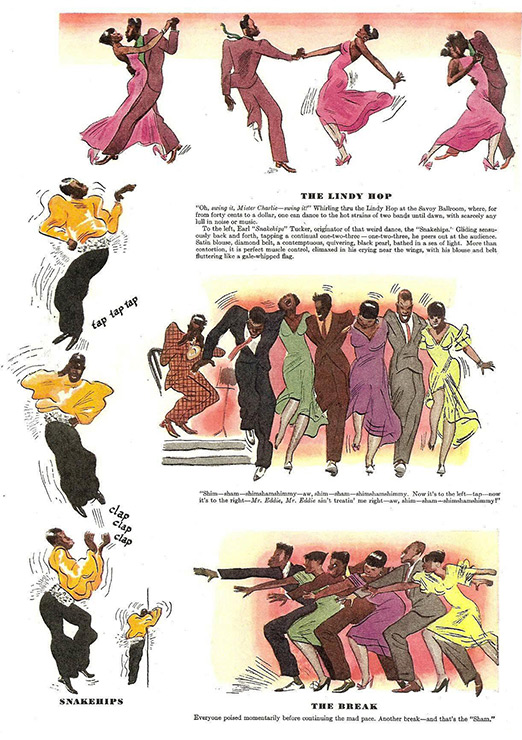(1) HAPPENING AT GLASGOW 2024. Sunyi Dean announced this on Bluesky. Click for larger images.


(2) GEOFFREY LANDIS PROFILE. “A NASA Engineer Spent Years Writing Fiction About Venus. Now He Wants to Send a Mission There For Real” at Cleveland Scene.
In writer Geoffrey Landis’s short story “Cloudskimmer,” a pair of astronauts in the near future gaze down at planet Venus from their idling spacecraft. Hired by some unnamed government backer, the two, Zara and Sanjay, begin a loose debate after one decides to—for the sake of better research!—travel to Venus’s surface himself. Why? Zara asks.
“Same reason Mallory climbed Everest,” Sanjay says. “Because I can.”
“What are we going to tell our backers?” she tells Sanjay later in the story. “They’re paying us for science, not for stunts.”Sanjay makes the trip personal. “Humans see different things than drones do,” he says.
The vision and risk in Landis’s science fiction, like in that 2022 short story, are barely contained to the realm of make believe. Landis, besides being an award-winning novelist and fiction writer, is an aerospace engineer at NASA Glenn, which has gifted the now 69-year-old a reciprocal gift in by-day and by-night lives: interplanetary research that feeds into his writing; writing that foreshadows his research….
(3) WRITER’S COUNTRY. “Unravelling the Mystery of Agatha Christie’s Country Retreat” at CrimeReads.
A ceramic skull, grinning at visitors from a side table in the entry hall, offers a clue to the identity of the former owner of this grand home perched above the banks of the River Dart in Devon.
You don’t need Hercule Poirot’s little grey cells or the observational skills of Jane Marple to solve this mystery. Who else but the Queen of Crime would display such a macabre ornament?
Welcome to Greenway, the country retreat of Agatha Christie. This compact Georgian mansion, faced in white stucco that gleams in England’s rare bursts of spring sunshine, was her refuge from the demands of being the world’s most famous and beloved crime writer. It’s secluded – accessible only by boat or via a long, narrow driveway – and set on more than thirty acres of gardens and woodland. Her dream home, she called it, “the loveliest place in the world.”
Each year thousands of Christie fans make the pilgrimage to Greenway, which opened to the public fifteen years ago….
…Staff members circulate through the house, answering questions and offering insights and anecdotes. The doll a bored-looking, four-year-old Christie clutches in a portrait housed in the morning room? Her name is Rosie and, 130 years later, she’s propped up in a nearby chair. Ask about the cuneiform tablet embedded in an outside wall – Mallowan brought it back from Iraq in the 1930s – and a staff member hands over a printout explaining it dates from 600 BCE and is a plea to the Assyrian god Nabu. The black gown with gold trim hanging in a bedroom closet? Christie wore it to the 1952 premiere of The Mousetrap, her record-setting play that has been performed in London’s West End more than 29,000 times and is still going strong…
(4) DAVID BRIN ON FIRST CONTACT. The Science in Fiction podcast hosted David Brin after they talked to Avi Loeb. So “first contact scenarios, Fermi Paradoxf and plausible types of alien probes in the Solar System all came up.” “David Brin on First Contact in ‘Existence’” at Spotify.
Marty and Holly speak with David Brin, science fiction icon, scientist, futurist and civilizational optimist. We discuss his particular view of first contact with extraterrestrial intelligence, as portrayed in his 2012 novel ‘Existence’, along with his predictions about how artificial intelligence and virtual reality will change our world in the near future. We discuss the UFO phenomenon (a sophisticated form of cat lasers for us to chase) and the unspeakably rude behaviour of these hypothetical silvery teaser punks. David speaks directly to the artificial intelligences and possibly alien intelligences who may be inveigled in our internet. We talk about Cixin Liu’s ‘The Three Body Problem’ (there is no three body problem), the likely prevalence of life in the universe (90% of star systems), the Fermi Paradox, SETI, METI, and various forms that first contact with alien civilizations may take, among them Von Neumann machines and artificial alien intelligences stored in ‘envoy eggs’ orbiting our planet for millions of years. David tells us how to make the most powerful telescope in the universe, by turning the Kuiper Belt into a solar system sized lens. Finally, he implores us to fight back against the ingrate habit of cynicism and pessimism rotting our global civilization today, and declares “I’m proud as hell and nothing can stop us! … Be citizens of wonder, help save a good civilization.”
(5) RARE CODEX. The Folio Society’s illustrated edition of A Canticle for Leibowitz can be yours for $600.
Explore a world of feudal futurism in the beloved classic A Canticle for Leibowitz, a post-nuclear masterwork featuring 12 full-page pieces of original artwork by premier fantasy artist Elliot Lang. Folio presents Walter M. Miller Jr’s Hugo-award winning novel as never before seen. This vital chapter in the canon of 20th century science fiction takes place in a scorched earth in which an order of monks is dedicated to recovering the remnants of scientific knowledge lost to nuclear war. Evocative, complex and gently funny, A Canticle for Leibowitz most recently provided direct inspiration for the Fallout games and TV show, and has been one of Folio’s most consistently requested titles. Having recommended the book himself, Pulitzer Prize-winning literary essayist Michael Dirda provides an illuminating introduction, while Elliot Lang’s brilliant designs and illustrations create a truly immersive reading experience. Along with medieval-style historiated chapter initials, scrollworked part-titles, ingenious endpaper design, an illustrated cover and slipcase, Lang also contributes an exclusive afterword that tells the uncanny story of his own personal connection to this timeless work of spiritual wonder and post-apocalyptic terror.

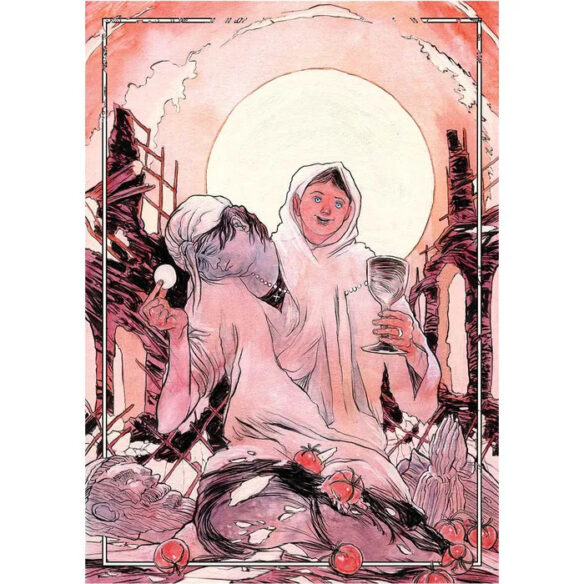
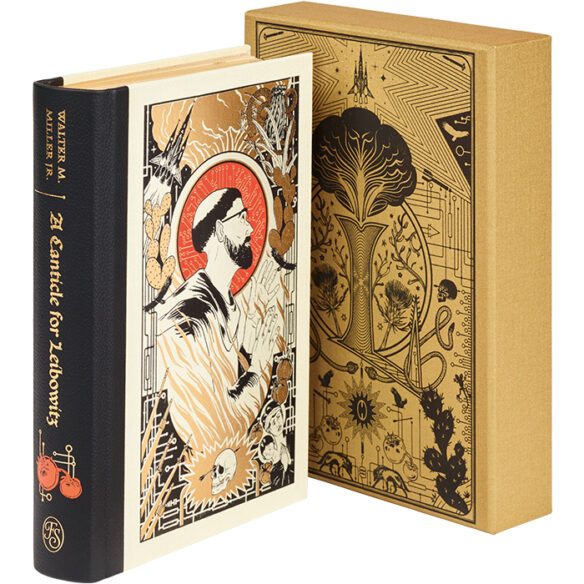
(6) TODAY’S BIRTHDAY.
[Written by Paul Weimer.]
July 23, 1947 – Gardner Dozois. (Died 2018).
By Paul Weimer: I mentioned Dozois recently in my birthday appreciation of James E Gunn. And like Gunn, Dozois has both fictional and non-fictional elements to his oeuvre, but for Dozois that balance is even more on the nonfictional side.

But the piece of Dozois fiction I want to mention before his editorial work is near and dear to me — his “Counterfactual”. It is an alternate history story of the metafictional kind, as someone who is in an alternate history (where the Civil War went very differently) and is trying to write a story about a world where the South lost, and not hitting the mark of our own world, but coming up with a complete and different variant. Since I had read The Man In the High Castle by the time I came across “Counterfactual”, I saw immediately what Dozois was doing, and was delighted he was going for that approach, too.
But really, Dozois as an anthologist is really what his bread and butter is. The Year’s Best SF collections were bread and butter to me, and once I got into Hugo nominations and voting regularly, they served as a guidepost as to help inform my choices. Those volumes not only had a great set of stories every year, but the gigantic editorial/field review essay Dozois provided gave a perspective as to what he thought the field was doing, where it had been and where it was going. I didn’t always agree with his assertions and ideas (once I had enough feet under me to do so) but I found his arguments and perspective fascinating. And that essay always included a whole additional set of recommendations of stories (and novels!) that he could not anthologize in that volume. I could set up a good half year’s reading just from one of those Year’s Best volumes and working my way through his recommendations.
Aside from the Year’s Best, I always found a new original or reprint anthology of Dozois’ to command my attention, and my wallet. And the sheer variety of the subgenres and topics he anthologized showed his Renaissance Man-like knowledge of the field. From The Good Old Stuff, to One Million AD, to The Book of Swords, Dozois provided endless reading of short fiction carefully curated and collected for particular tastes. One of my favorite of this was among his last. Ever since I read A Princess of Mars, Mars in its dying civilization mode has always fascinated me as a setting. So his collection Old Mars, with many stories in that vein, was a particular favorite. And with a kickass set of authors including Michael Moorcock, Ian McDonald and Melinda Snodgrass, the reputation of Dozois meant that when he cast for an anthology of new stories, authors jumped at the chance.
While there are plenty of year’s best and other anthologies since, no one, IMHO, has quite shown the power and magic of a collector of stories, be it reprints or original fiction, quite like Gardner Dozois did.
(7) COMICS SECTION.
- Moderately Confused runs a test.
- Off the Mark shows a tough career choice.
- Bizarro looks at a fairy tale shopper.
(8) COMIC-CON SCOUTING REPORT. “San Diego Comic-Con 2024: Pre-Show News, Must-Go Panels, and More” at Publishers Weekly. The piece ends with a roster of their picks for the top programs.
It wouldn’t be San Diego Comic-Con without a little drama, some big questions, and a lot of hype. Just 24 hours before this year’s show floor opens at the San Diego Convention Center, it appears that the con will deliver all that and more—including some terrific programming set to begin on Thursday and Friday’s Eisner Awards ceremony. And with downtown San Diego abuzz with comics fever, some companies are ramping up their presence at the show while others are leaving the playing field.
(9) HOPE SPRINGS ETERNAL. “Could Star Trek’s Wesley Crusher Get His Own Spinoff? Wil Wheaton Has Thoughts” at CinemaBlend. It was only as long ago as 1988 that I ran a convention program called “Solving the Wesley Problem”. My 1988 self would be surprised to hear I like this solution.
Star Trek: Prodigy gave Wesley Crusher the story he’s deserved for decades while also providing Wil Wheaton with the experience of watching his voiceover performance, one that made us both emotional talking about it. I think it’s a given at this point that fans would love to see more of him, potentially via his own upcoming Trek spinoff, but is that a realistic hope hold onto? Wil Wheaton had some thoughts.
As the host of The Ready Room (available to stream with a Paramount+ subscription) and someone who is around the Star Trek fandom and its creatives quite a bit, Wil Wheaton has a definite read on the franchise. If anyone would know rumblings about what is and isn’t possible, it’s probably him. So I decided to get his thoughts on the probability of a Wesley Crusher spinoff happening down the road, noting that Star Trek rarely produces projects centered around non-Starfleet characters (Prodigy being the first). When I asked whether a spinoff was a realistic hope or just a pipe dream, he told me:
“Well, if there’s one thing that we have learned through like 60 years of Star Trek, It’s that anything is possible. Like no one’s ever really gone. Things are constantly in flux, and when you have a character who can manipulate spacetime and thought to kind of do anything and go anywhere, sure, you could put him any place. As an audience member, as a fan of the characters and Prodigy, and as a fan of the actors who play them, I would love to see more. I am fascinated by stories in the Star Trek universe that do not take place inside of Starfleet. I’ve always been fascinated by that. I’ve always wanted to know what it is like. What is this universe that Starfleet is kind of like looking after? What goes on on these planets before and after the Federation shows up?”…
(10) SMILE, YOU’RE ON X-RAY CAMERA. “NASA releases never-seen-before images of Peacock galaxy” at Yahoo!
NASA is celebrating the 25th anniversary of its Chandra X-ray Observatory launch by sharing never-before-seen photos of the largest known spiral galaxy in the universe.
The Chandra X-ray observatory was launched on July 23, 1999. Since then, it has scoured the universe to look for X-ray emissions from exploded stars, clusters of galaxies and more, according to NASA. The observatory returns data to the Chandra X-ray Center at Harvard University’s Smithsonian Astrophysical Observatory.
Since its launch, the observatory has captured images of the aftermath of exploded stars, photographed the supermassive black hole that exists at the center of the Milky Way, and helped scientists learn more about dark matter, dark energy and black holes….
… The observatory captured thousands of images of the spiral galaxy, known as NGC 6872, since its launch. The galaxy, located in the Peacock constellation of the universe, is over 522,000 light-years across, or more than five times the size of the Milky Way, according to NASA…

(11) COSMIC EYEBALL. Ars Technica tells how “Mini-Neptune turned out to be a frozen super-Earth”.
Of all the potential super-Earths—terrestrial exoplanets more massive than Earth—out there, an exoplanet orbiting a star only 40 light-years away from us in the constellation Cetus might be the most similar to have been found so far.
Exoplanet LHS 1140 b was assumed to be a mini-Neptune when it was first discovered by NASA’s James Webb Space Telescope toward the end of 2023. After analyzing data from those observations, a team of researchers, led by astronomer Charles Cadieux, of Université de Montréal, suggest that LHS 1140 b is more likely to be a super-Earth.\
If this planet is an alternate version of our own, its relative proximity to its cool red dwarf star means it would most likely be a gargantuan snowball or a mostly frozen body with a substellar (region closest to its star) ocean that makes it look like a cosmic eyeball. It is now thought to be the exoplanet with the best chance for liquid water on its surface, and so might even be habitable.
Cadieux and his team say they have found “tantalizing evidence for a [nitrogen]-dominated atmosphere on a habitable zone super-Earth” in a study recently published in The Astrophysical Journal Letters….
(12) JOKER TRAILER. When you’re smiling, the whole world smiles with you. Joker: Folie À Deux in theaters and IMAX, October 4.
(13) PRIME VIDEO. “Amazon Prime Video’s next big sci-fi spy thriller gets action-packed teaser” reports T3.
…The next in the line-up is Italian-language Citadel: Diana, which will tell a completely fresh story when it arrives on 10 October, and will have little overlap with the main series, other than the fact that it’ll involve the mysterious Citadel agency.
Diana herself is played by Matilda De Angelis, who’s been making quite a name for herself in Italian productions, and looks suitably big-budget and high-concept, fusing the same sci-fi aesthetic as the first season of Citadel did….
[Thanks to Steven French, Kathy Sullivan, Teddy Harvia, Paul Weimer, Mark Roth-Whitworth, Mike Kennedy, Andrew Porter, John King Tarpinian, Chris Barkley, Cat Eldridge, and SF Concatenation’s Jonathan Cowie for some of these stories. Title credit belongs to File 770 contributing editor of the day Andrew (not Werdna).]


